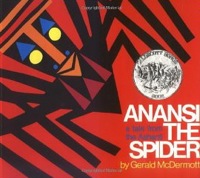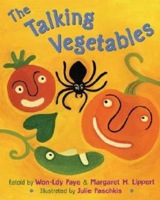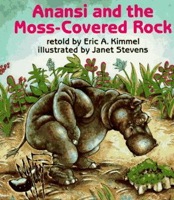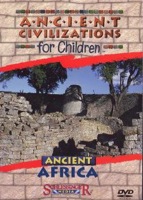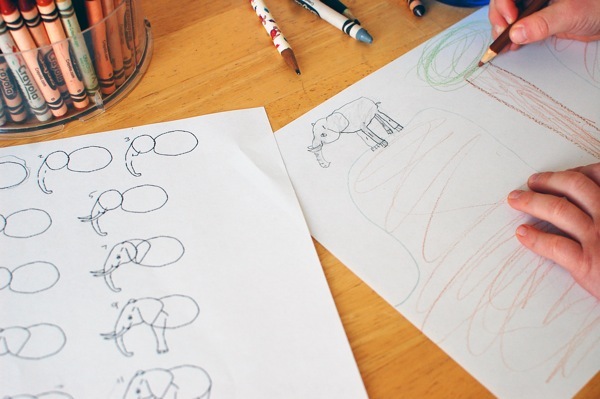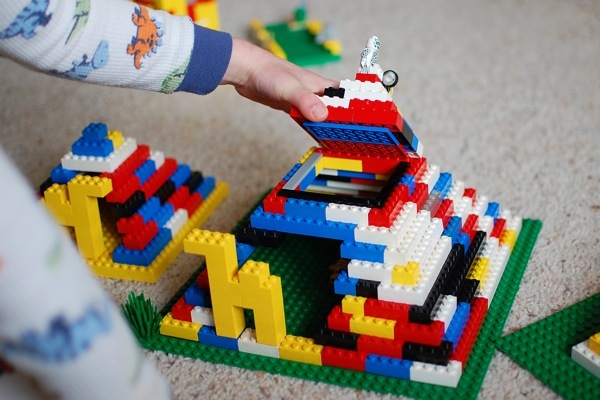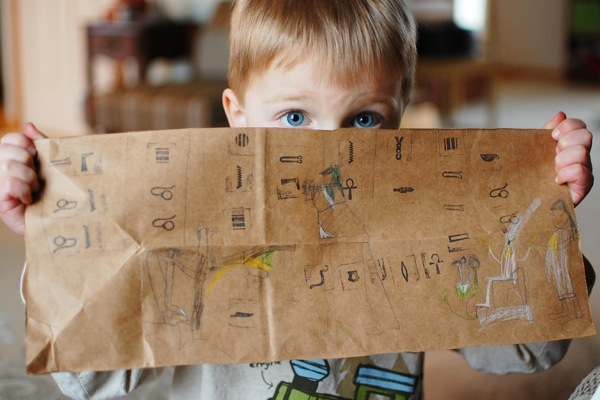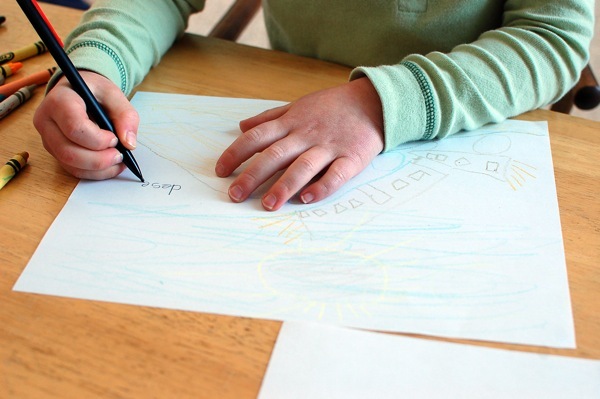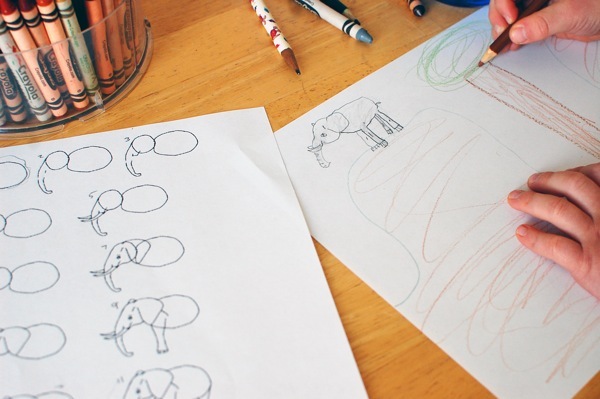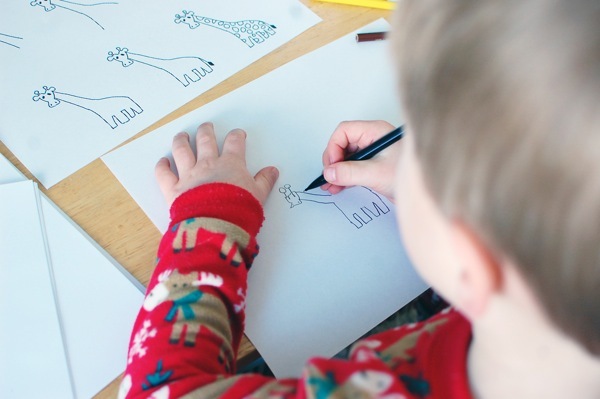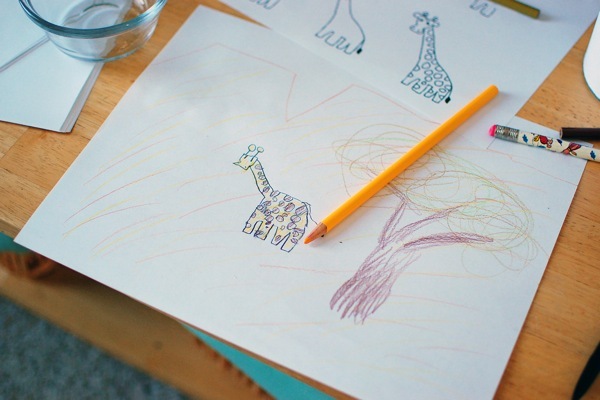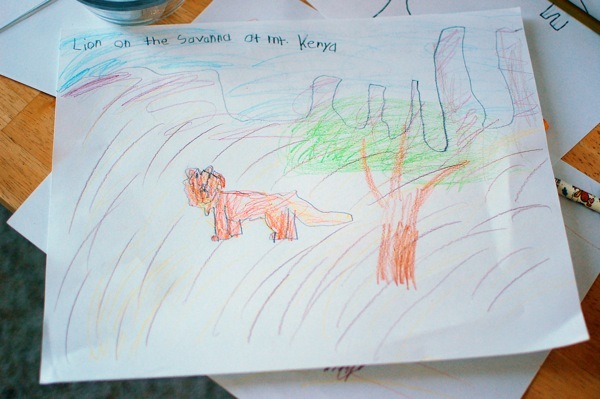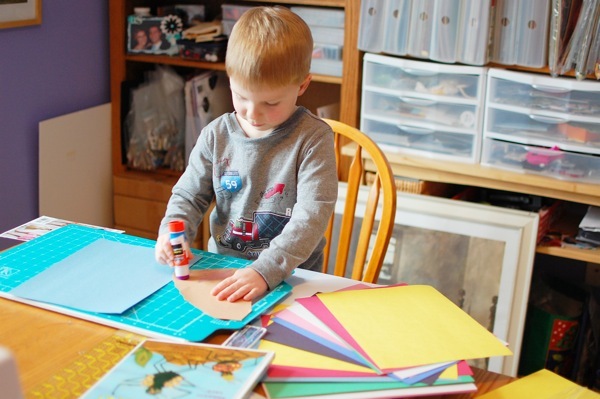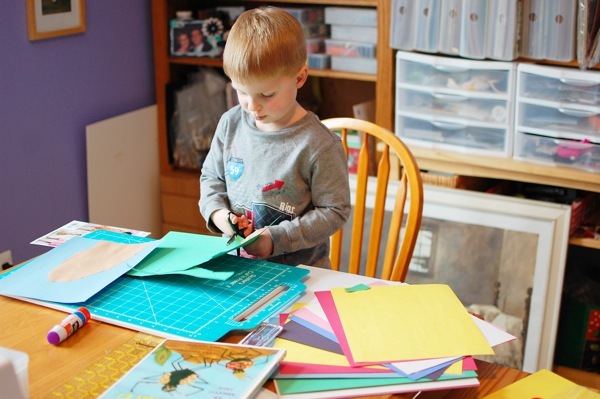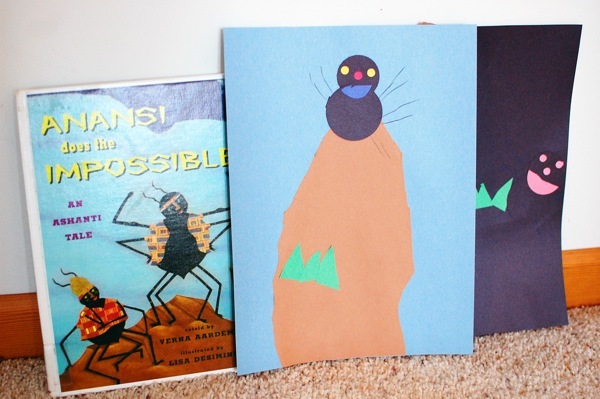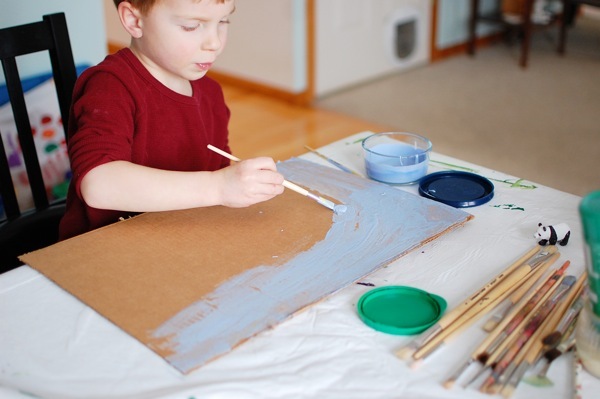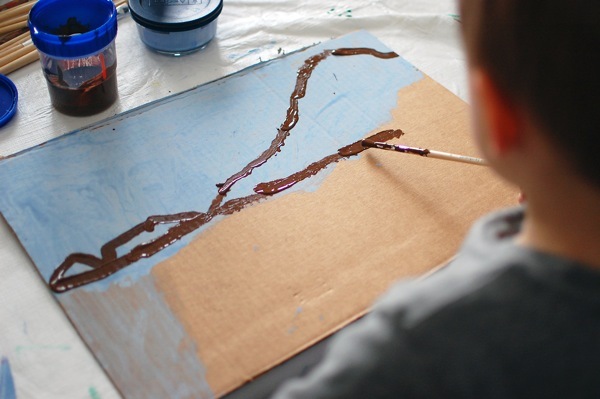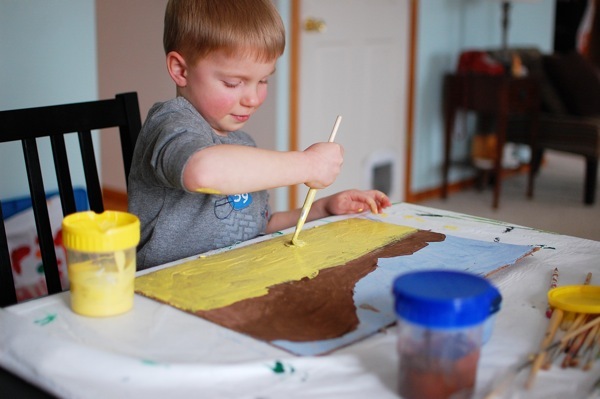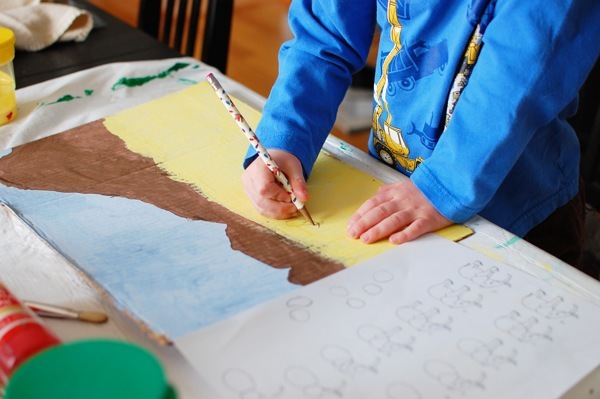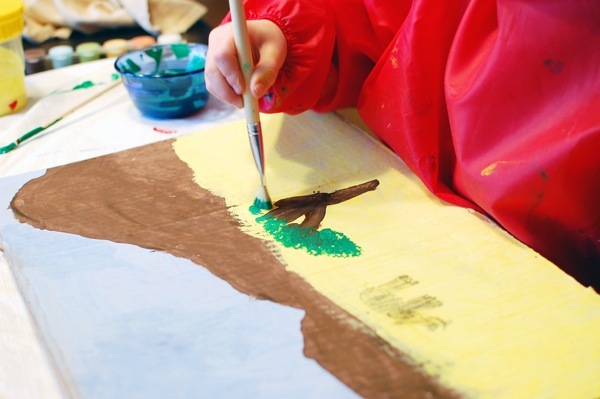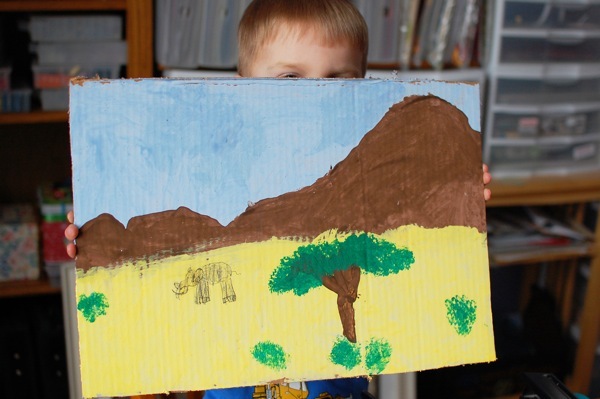The Phoenicians (SOTW ch. 15)
My favorite chapter so far. Traders, explorers, master builders of ports? Absolutely! Bring it on. We read the bit in SOTW, and then, as usual, we looked for supplemental videos and more detailed sources. Unfortunately we found very little in the way of either, but the following we found pretty useful.
 Explorers of the Ancient World, by Anthony Brierley. A fun two page spreads of maps and other illustrations depicting the worlds and adventures of a variety of explorers from a variety of eras, including the Phoenicians and Hanno the Navigator. The written history is short, but well presented. We enjoyed this book very much.
Explorers of the Ancient World, by Anthony Brierley. A fun two page spreads of maps and other illustrations depicting the worlds and adventures of a variety of explorers from a variety of eras, including the Phoenicians and Hanno the Navigator. The written history is short, but well presented. We enjoyed this book very much.
 Engineering An Empire is a History Channel series that takes a scientific look at the engineering feats of several different ancient empires. We had already seen Egypt: Engineering an Empire (volume 6), several times in fact, and loved it, so when we found out that there was entire series with an episode dedicated to Carthage, we were pretty excited. The episode on Carthage is shorter, and doesn't quite have the wow factor of the Egypt volume, but it was still very enjoyable. We'd recommend it.
Engineering An Empire is a History Channel series that takes a scientific look at the engineering feats of several different ancient empires. We had already seen Egypt: Engineering an Empire (volume 6), several times in fact, and loved it, so when we found out that there was entire series with an episode dedicated to Carthage, we were pretty excited. The episode on Carthage is shorter, and doesn't quite have the wow factor of the Egypt volume, but it was still very enjoyable. We'd recommend it.
 Carthage and the Phoenicians is just a short, shallow look at this ancient civilization, but for those who won't sit still as long it's a great option.
Carthage and the Phoenicians is just a short, shallow look at this ancient civilization, but for those who won't sit still as long it's a great option.





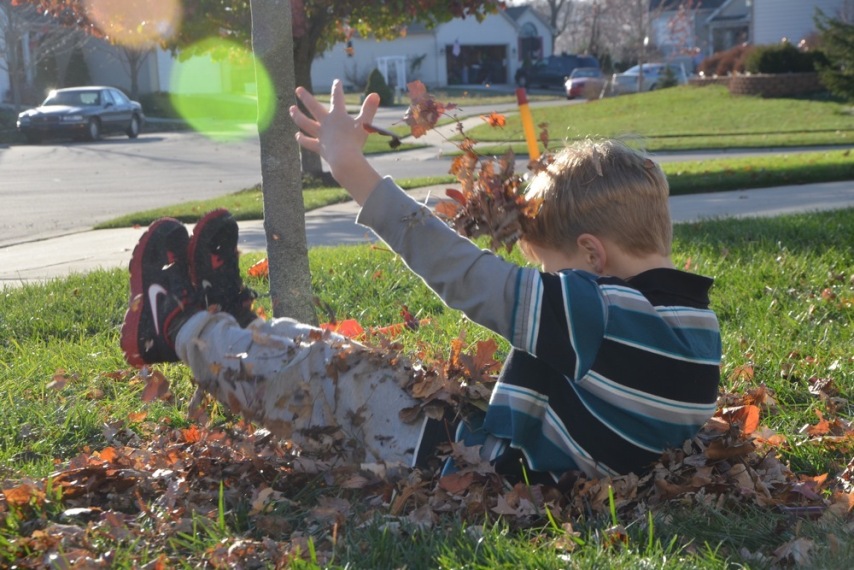

 Friday, October 5, 2012
Friday, October 5, 2012
